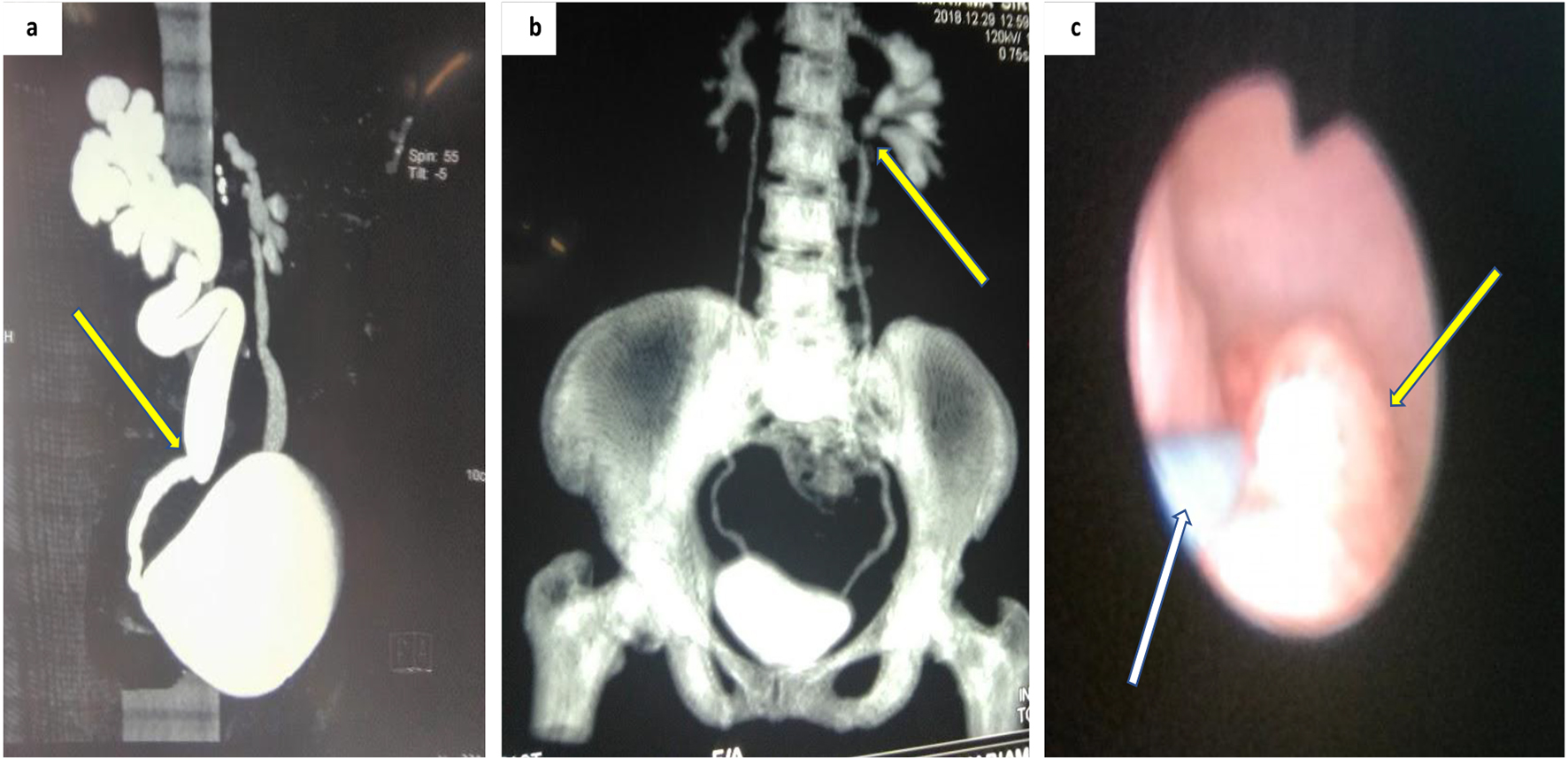| Renal calyx | Low risk: URS, RNU [2]; High risk: RNU + LND [2] | Multimodal: neoadjuvant chemotherapy for select patients + RNU + LND + adjuvant chemotherapy [2, 9, 10] | Systemic therapy extrapolated from bladder cancer treatment | Preoperative [2]: age/gender, ethnicity, tobacco, tumor location, surgical delay; Postoperative [2]: tumor stage/grade, lymph node status, lymphovascular invasion, surgical margin, histology | pT2/pT3 < 50% [2]; pT4 < 10% [2] | Follow-up is more often and rigorous in patients who have undergone kidney-sparing treatment compared to patients who had radical nephroureterectomy [2, 9, 10] |
| Renal pelvis | Low risk: URS, percutaneous [2]; High risk: RNU + LND [2] | | | | | |
| Proximal and mid ureters | Low risk: URS [2], uretero-ureterostomy; High risk: RNU + LND [2] | | | | | |
| Distal ureters | Low risk: URS [2], distal ureterectomy; High risk: RNU + LND [2] | | | | | |
| Primary urothelial carcinoma of the urethra in males | Distal tumor: penile-preserving surgery; primary urethrectomy [6, 15] | Multimodal: neoadjuvant. chemotherapy (cisplatin-based) radiotherapy for SCC [6, 10, 15] | | Age, race, tumor stage and grade, nodal stage, metastasis histology, tumor size, tumor location, concomitant bladder cancer type and modality of treatment [6, 10, 15] | The 5-year relative survival rate of primary UC of the urethra is 52% [6, 10, 15] | Despite limited data, it is practical to adhere stricter follow-up in patients undergoing urethra-sparing surgery, with urinary cytology, urethrocystoscopy and cross-sectional imaging [6, 10, 15] |
| Primary urothelial carcinoma of the urethra in females | Anterior tumor: urethral-sparing surgery [6, 10], primary urethrectomy [6, 15] | Multimodal: neoadjuvant. chemotherapy (cisplatin-based) radiotherapy for SCC [6, 10, 15] | | | | |
